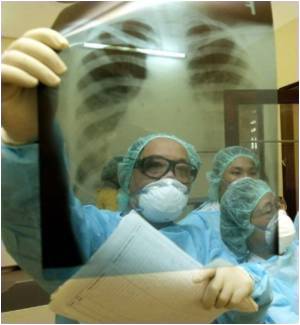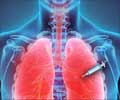Scientists have identified a biomarker for measuring the success of lung cancer chemoprevention.

Bunn presented updated results of a study that tested the effect of oral iloprost on the improvement on endobronchial dysplasia in 152 former smokers. As smoking cessation messages take hold and quit rates increase, former smokers are still at greater risk for lung cancer than the general population.
"We told people to quit smoking and they did, but half of our lung cancer cases in the United States are coming from people who are former smokers," he said. "We need to work on ways to repair their lungs through chemoprevention."
Bunn analyzed the effect of iloprost among those who had endobronchial dysplasia at enrollment, and found a significant difference in prevalence of endobronchial dysplasia. Moreover, when they analyzed the effect of iloprost on Ki-67, a measure of cell proliferation, the difference was not significant.
This is an important advancement for the chemoprevention field, Bunn said, because it shows that they can test agents, like iloprost, and measure the effect on endobronchial dysplasia as an outcome.
Chemoprevention is a goal for cancer researchers, and many of them liken the idea to heart disease prevention with statins, a major public health advance of the past 50 years.
Advertisement
Source-Newswise















